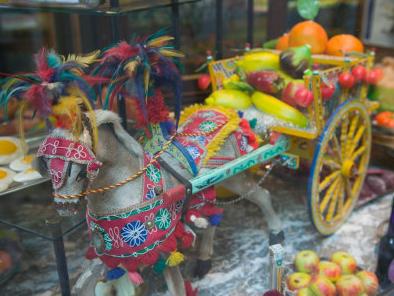
Candida Martinelli's Italophile Site

Main
Page This family-friendly site celebrates Italian culture for the enjoyment of children and
adults. Site-Overview
Some Arab
words taken directly into the Sicilian language, most having to do with
food (courtesy of the
Lingua
Sicilian site): And some words that came into Italian via Sicilian
via Arabic (again, courtesy of the
Lingua
Sicilian site): Arab cuisine from the time of the colonization of Sicily featured all
these things that today we think of as typically Sicilian. Dishes from Arab cuisine can be found in traditional Italian cuisine,
too, sometimes having arrived via Sicily, sometimes via direct contact
between cooks from Arab regions and Italy, especially from Arab Spain, Al
Andalus. Many of the Arabic words that have come to English have to do with
food, too (courtesy of
Al-Bab Arabic
Language site): Then, for
about 100 years (the last town fell to the Normans in 1091) there was
growth, peace and prosperity.
At its peak,
Palermo boasted 300 mosques and 300,000 inhabitants. Sicily
boasted intellectuals who advanced science, linguistics, literature and
law. But it was most
famous for the beautiful poetry written in Arabic by the
court poets.
Under Arab rule, Sicily developed large
irrigation projects that allowed the planting of Arab imports like sugar
cane, rice, sesame, jasmine, cinnamon, saffron, anise, cotton, hemp,
henna, linen, date palms, and citrus fruit trees. Sicily became part
of the vast trade route that brought spices from the Far East,
and foodstuffs from all around the
Mediterranean, to as far away as the Atlantic Ocean
(Morocco, and parts of Spain and Portugal were also under Arab rule). But that is only part of the reason the cuisine took hold so
strongly. The main reason was that the cuisine was so good.
It was based on the very old cuisine of the ancient Persians (from at
least
900 B.C.) and embellished with recipes from all the lands visited or
conquered by the Arabs.
For example, Sicily was famous, even before the
Arabs arrived, for her cheeses.
There are Sicilian cheeses mentioned in ancient Greek texts, and later,
incorporated
into Arab recipes. Cheeses were, and still are, made from
cow, sheep and goat milk, pure and in combinations, coagulated with goat
rennin, seasoned with peppers or seeds or plain, formed into various
shapes, and some are even cooked after curing to give the cheese a
smoked flavor. For an amazing catalog of Sicilian cheeses
available today, visit the
Prodotti
Tipici Siciliani.
Up to today, the cuisine and ingredients
introduced to Sicily by the Arab colonizers have remained basic to what
we think of as Sicilian food. There are obvious recipes that come directly from Arab cuisine, such
as couscous dishes, and ones that are called 'alla saracena', which
means 'in the manner of the Saracens' or 'Arabs'. But there are many more less obvious recipes. Below are some
recipes from the various courses of a meal, a tradition first used in
Arab Spain (Al Andalus). I give the Sicilian recipe (many are from
the wonderful site
Sicilia in Festa), and then, for
fun, sometimes I give the old, middle-ages, Arab recipe. I use as a source for the Arab recipes an ancient
Al Andalus cookbook, from the 13th century,
that records recipes in use throughout the Arab world since at least the
year 900.
I feature it on a page on this site and offer it as a
free PDF book.
One recipe in the book, which was copied by
a scribe from various other cookbooks from that era and earlier, is a
called 'A Sicilian Dish', and is a mildly spicy meat and onion dish, 1
part meat to 3 parts onion. The omelet type topping is typical of
the period, as are the added meatballs and saffron coloring.
Golden dishes were considered good luck.
A Sicilian Dish (13th century) Take fat meat from the chest, the shoulder, the ribs,
and the other parts [usually assumes mutton or lamb], in the amount of a
ratl [1 ratl=468g/1lb] and a half. Put it in a pot
with a little water and salt and some three ratls [1 ratl=468g/1lb]
of onions. Then put it on a moderate fire, and when the onion is
done and the meat has "returned," throw in four spoonfuls of oil,
pepper, cinnamon, Chinese cinnamon [cassia], spikenard, and meatballs.
Finish cooking it. When the meat is done, cover it with eggs beaten with
saffron, or you might leave it without a covering, as you wish, [and
cook it either] in the [public bread] oven or at home.
Recipe for Fried Eggplant and Cheese Snacks
1 eggplant, one scamorza cheese, about 12 sage leaves, some flour, 2
eggs, frying oil, salt
Sandwich each cheese slice between two slices of eggplant.
Wrap around each of the sandwiches a sage leaf and secure with a
toothpick.
Dip the snacks in beaten egg, then dust them with flour. Repeat
this process if necessary to coat them well. Then fry them in hot
oil for a few minutes. Drain them on paper, then serve them
immediately. Take sweet ones [eggplants] and split in strips crosswise or
lengthwise and boil gently. Then take out of the water and leave to
drain and dry a little. Then take white flour and beat with egg, pepper, coriander, saffron
and a little murri naqî’
[use soy sauce]. When it is like thick soup, put those eggplants in it
[to coat them] and fry [them] with oil in the hot pan. Brown them. Then
immerse them [in the batter] and do a second time [fry them] and a third
[immerse and cook].
Rice with Milk and Sweet Chestnuts 350 grams of rice, 300 grams of sweet chestnuts, 70 grams of butter,
1 litre of milk, 1 shallot, a laurel leaf, fennel seeds, salt and pepper
Add the rice and stir as it cooks with the mixture for a few minutes.
Then add the milk and the diced chestnuts. Bring it to a boil then
lower the heat so it simmers. Add salt and pepper and continue
cooking the rice, stirring it often, until it is cooked. Then add
the remaining 20 grams of butter. Serve immediately. Preparation of Rice Cooked Over Water [in a double boiler] (13th
Century) Take rice washed with hot water and put it in the pot and throw to it
fresh, pure milk fresh from milking. Put this pot in a copper kettle
that has water up to the halfway point or a little more [in a double
boiler, bain-marie]. Arrange the copper kettle on the fire and the pot
with the rice and milk well-settled in it so that it doesn't tip and is
kept from the fire. Leave it to cook without stirring. When the milk has dried up, add more of the same kind of milk so that
the rice dissolves and is ready [add milk and cook until the rice is
done]. Add to it fresh butter and cook the rice with it. When the rice is done and dissolved, take off the pot and stir it
with a spoon until it loosens. Then throw it on the platter and level it
[forming a round loaf]. Sprinkle it with ground sugar, cinnamon and
butter and use. With this same recipe one cooks itriyya [dried pasta],
fidaush [fresh pasta] and tharîd al-laban [milk bread
pudding]. Meatballs in a Lemon Broth 300 grams of ground lamb meat, two mint stalks, a bunch of basil, salt
and pepper, 20 grams of butter, 1 clove of garlic, 1 small onion, 1/2
lemon, 400 grams of zucchini, 1 litre of broth Mix the meat with the chopped mint and a few chopped basil leaves and
season with salt and pepper. Make meatballs of the mixture. Melt the butter in a pan and add the chopped garlic and onion.
Cook it slowly. Add the rest of the chopped basil and the juice of
the lemon and it's chopped rind. Cook a minute, then add the
finely chopped zucchini. Cook a minute, then add the broth.
Bring the broth to a boil, season with salt and pepper, and add the
meatballs. Cook until the meatballs are done. You can add
soup rice to the dish too, if you wish. Take meat cleaned of tendons and add to it some fat and pound all
until it becomes like brains, and pick out its tendons. And throw
on it murri [use soy sauce], oil, spices and onions pounded with
cilantro and salt, or the juices of this, and some fine flour, a little
water and eggs. Pound all until mixed. Put a pot of broth on
the fire, and when it boils, throw into it meatballs and cook until
done. Take out and serve, God willing. And if it is fried in
a pan with oil, it is also good, God willing. Stove-Top Chicken 1.2 kilo chicken cut in pieces, 1 small onion, 4 cloves of fresh
garlic, 30 grams of crushed pine nuts, 3 slices of bread, parsley, olive
oil, salt and pepper, water Heat 2 tablespoons of olive oil in a pan. Add the chopped
garlic and onion and let it cook a bit. Add the chicken pieces,
season with salt and pepper and let them cook for 10 minutes. Grind together the bread and pine nuts with a tablespoon of oil.
Add this mixture to the chicken. Add the chopped parsley.
Mix well. Add boiling water to cover the chicken. Cover the
pot and let it cook over a low heat for 30 minutes, or until tender. Remove the cover and continue cooking to let the liquid evaporate
until the sauce is thick. Recipe for Murûziyya
(13th Century) It is one of the dishes of Africa and the country of Egypt. Take a cleaned hen, cut it up with what is mentioned for zîrabâja,
[a little salt, pepper, coriander, cinnamon, saffron and sufficient of
vinegar and fresh oil.] And when it is done, add "cow's eyes" [prunes] infused in vinegar and
oil, and also jujubes and split almonds, and you might make it thickened
with peeled, pounded almonds [with water]. [In al-Andalus it is called "al-`asami," the color of dark amber.
In Marrakesh it is the dish for `Id al-kabir.] Sicilian Cannoli For the filling: ricotta, sugar (can be powdered sugar),
candied fruit, pieces of chocolate. For the shell: 500 grams
of flour, two egg yolks, 25 grams of alcohol, 20 grams of suet fat,
wine, and suet fat for frying. For the shell: Knead together the flour, fat, yolks, alcohol
and enough of the wine until you have a firm dough. Let it sit
for 1/2 hour. Then roll it out to a thickness of 2-3 millimeters
and cut out circles about 10 centimeters in diameter. Wrap the
dough around the cannoli forms. The forms were once made of sugar
cane but are today available in stainless steel. Deep fat fry them
in suet fat. When they are golden, remove from the fat and let
them cool on absorbent paper. Then remove the cannoli from the
cannelli. For the filling: Mix together the ricotta with the sugar to
taste. Pass it through a sieve or mix it in a mixer to get a
creamy paste. Add the fruit and chocolate and mix well. Fill the cannoli with the filling. Flatten the ends of the
filling and cover them with chopped almonds. Cover the cannoli
with powdered sugar. Stuffed Qanânît, Fried Cannoli
[cannoli shells and marzipan filling] (13th Century) Pound almond and walnut, pine nuts and pistachio very small. Pound
[sugar] fine and mix with the almond, the walnut and the rest. Add to
the paste pepper, cinnamon, Chinese cinnamon [cassia] and spikenard.
Knead with the necessary amount of skimmed honey [to bind it together]
and put in the dough whole pine nuts, cut pistachio and almond. Mix it
all and then stuff the qananit [the shells] that you have made of
clean wheat flour. Its Preparation [of the shells]. Knead fine white flour with oil and
make thin breads with it and fry them in oil. [Or in more detail] Knead
the dough well with oil and a little saffron and roll it into thin
flatbreads. Stretch them over the tubes [qananit] of cane
[cannoli tubes], and you cut them [the cane sections] how you want them,
little or big. And throw them [into a frying pan full of oil], after
wrapping them around the reed. [When cooked and cooled] Take them out
from around the reed. Stuff them [the shells] with the stuffing and put in their ends whole
pistachios and pine nuts, one at each end, and lay it aside. He who
wants his stuffing with sugar or chopped almond, it will be better, if
God wishes. [The name comes from the plural of "qanut" which means canes
or cylinders. These cannoli are thinner than many of today’s massive
cannoli. These are more bite-sized bits, probably no thicker than a
finger.] Quince Paste 1 kilo of quince, 1 lemon, 1.2 kilos of sugar, 1 litre water Clean, de-seed and dice the quince. Put in a pot with the water
and the juice of the lemon and put over a low heat. Boil until the
fruit is completely soft. Push it all through a sieve, or mix in a
mixer, to make it a homogenous paste. Then add to it the sugar and put it back on the heat for 10 minutes,
stirring continually. Pour the mixture into the appropriate forms,
moistened with water or oil. Or you can pour it onto a platter, or
loaf form. Leave until set. Quince Paste [quince jam and jelly] (13th Century) Take a ratl [1 ratl=468g/1lb] of quince, cleaned of its
seeds and cut into small pieces. Pound it well until it is like brains
[or grate it]. Cook it with three ratls [1 ratl=468g/1lb]
of honey, cleaned of its foam [heated and skimmed], until it takes the
form of a paste. It is also made by another, more amazing recipe: take it as said
before, and cook it in water alone until its essence comes out. Clean
the water of its sediments, and add it to an equal amount of sugar. Make
it thin and transparent, without redness [cook it until it lightens and
thickens, and what you have made will remain in this state [a jelly].
Its benefits: it lightens the belly that suffers from bile, it
suppresses bitterness in the mouth, and excites the appetite. And I say
it keeps bad vapors from rising from the stomach to the brain
[indigestion].
Pasta Reale (Royal Paste) - Sicilian Marzipan 1 kilo ground almonds, 1 kilo sugar, vanilla, 250 grams water Boil the sugar with the water until it becomes candied, makes a
string between the fingers, or makes a ball in water, or use a candy
thermometer. Remove from the heat and stir in the vanilla flavoring
and the ground almonds. Turn it out onto a wet or oiled marble
slab and let it cool. Then knead it until it is a smooth and
compact. Shape and decorate into bit-sized pieces. Sanbûsak It used to be made in Marrakesh in the house of the Prince of the
Believers, Abu Yusuf al-Mansur, God have mercy upon him. Take white sugar and dissolve it and mix it with rosewater. Then put
in almonds pounded like dough, and stir it gently until it is combined
and becomes like the filling of a qahiriyya [like marzipan]. Then take it from the fire, and when it is lukewarm, put in
spikenard, cloves, a little ginger, and a small amount of mastic, after
first dissolving these ground spices in rosewater in which has already
been dissolved some camphor, musk and cut almonds. Beat all this and
knead it until one part blends with the other. Make rounds of the size of ka’ks [biscuits, cookies] and make
balls in the shape of oranges and resembling apples and pears, until the
marzipan is used up. It is delicious, and it is called sanbûsak
in the East, and it is the sanbûsak of kings. [This marzipan is a bit spicier and has camphor and musk in it along
with chopped almonds. Today, these sorts of figures are dried and
painted with food colorings to resemble the shapes they mimic.] Rose Water and Syrup 200 grams of boiling water, 200 grams of rose petals, 2 teaspoons of
lemon juice Put the rose petals in a container you can seal hermetically.
Then pour over them boiling water and the lemon juice. Stir well.
Seal the container and leave for at least 12 hours. Then filter
the water and use. To store it for longer, you must make a syrup of it. Add 200
grams of sugar and boil it until the sugar dissolves. Store it in
a hermetically sealed container. Syrup of Fresh Roses, and the Recipe for Making It (13th Century) Take a ratl [1 ratl=468g/1lb] of fresh roses, after
removing the dirt from them, and cover them with just boiled water for a
day and a night, until the water cools and the roses fall apart in the
water. Filter it and take the clean part of it. [To make the syrup] add to it a ratl [1 ratl=468g/1lb]
of sugar. Cook all this until it takes the form of a syrup. Drink an ûqiya [1 ûqiya=39g/7tsp] of this with two of hot
water. Its benefits are at the onset of dropsy [swelling from
water, edema], and it fortifies the stomach and the liver and the other
internal organs, and lightens the constitution; in this it is admirable.
Pastry Cream 2 egg yolks, 3 tablespoons of sugar, 2 tablespoons of flour, salt,
grated rind of 1/2 of a lemon, 1/2 liter milk In a pot, mix the yolks with the sugar, salt and lemon rind.
Add a bit of the milk and mix well. Put over a low fire, or in a
bain-marie (double-boiler) and cook while adding the milk gradually,
mixing continually. Let it boil for about 5 minutes, while mixing. White Fâlûdhaja With Milk; It
is Eastern [sweet pudding] (13th Century) Take a ratl [1 ratl=468g/1lb] and a half of fresh milk and put
it in a tinjir on a gentle fire. Add one quarter ratl [1
ratl=468g/1lb] of diluted starch paste and one ratl [1
ratl=468g/1lb] of fresh oil. Stir it and then add two ratls [1
ratl=468g/1lb] of pounded white sugar and stir it until it is done. Put
it into a clean clay dish and serve it. Visit the
Sicilia in Festa site for lots of great recipes in Italian.
For recipes in English visit the
Italian Food at About.com. Food writer
Clifford A.
Wright's website. He specializes in Mediterranean food,
cooking and recipes.
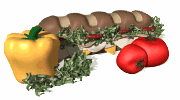
The
Arabo-Sicula Cuisine of Sicily
![]()
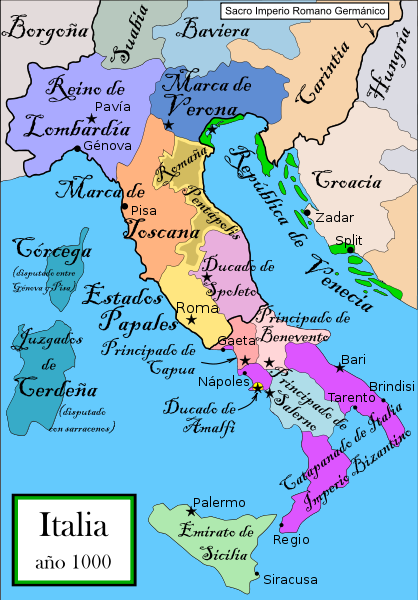
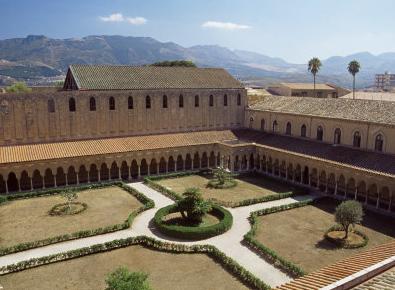


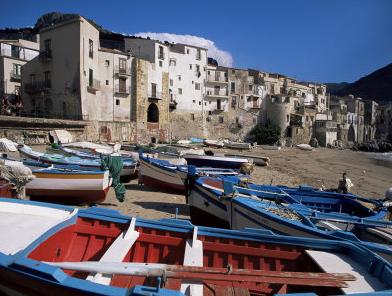
827 A.D. is the year that is given to the
beginning of the Arab (Berber and Persian) conquest, or colonization of
Sicily.
By the year 841 they had taken Palermo and made it
their capital of the Island. In the year 878, Syracuse, the Greek capital of the island,
was taken and destroyed. By 965 the colonization of Sicily was
complete. It was the Emirate of Sicily.
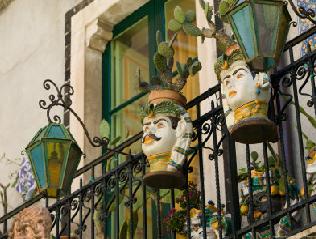
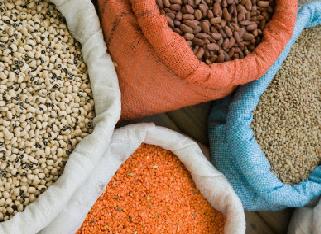
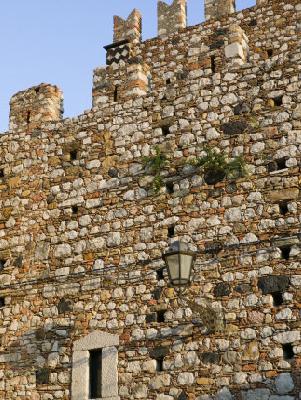
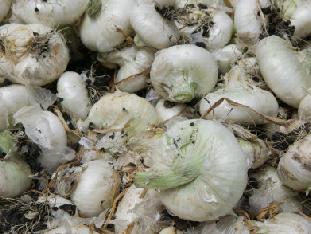

Antipasti
Slice the eggglant into thin rounds, then cut the rounds into quarters
like a pie slice. Cut the scamorza cheese in the same manner so
you have half as many pieces of the hard cheese shaped like the eggplant
pieces.
Recipe for Sprinkled [batter-fried] Eggplants (13th Century)

Primi asciutti
Boil the sweet chestnuts for 5-8 minutes. Then peel them of the
shell and skin, and dice them. Melt 50 grams of butter in a pan.
Add the finely chopped shallot, a teaspoon of fennel seeds, and the
laurel leaf. Cook until the shallot dissolves.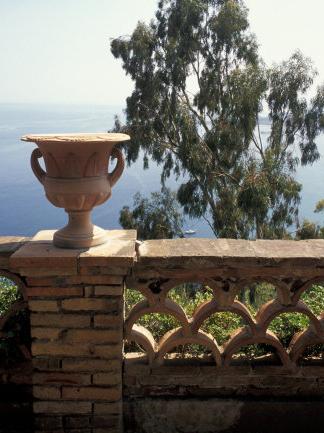
Zuppe
Preparation of Meatballs from Any Meat You Wish (13th
Century)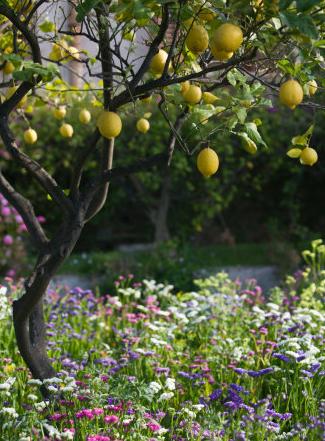
Secondi carne

Dolci
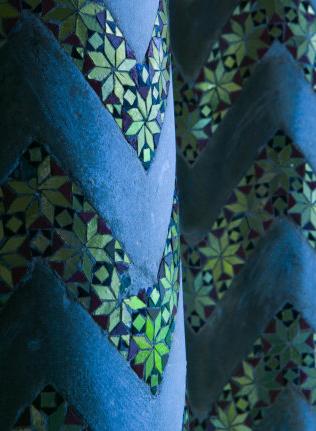
Confetture
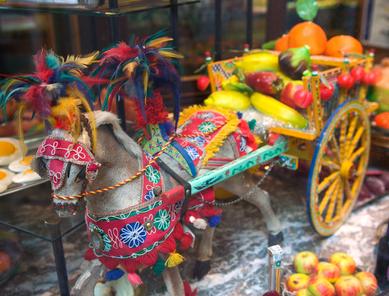
Marzipan
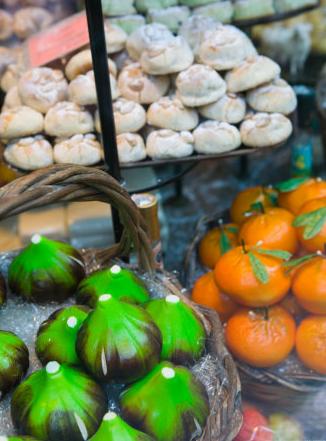
Bevande

Creme
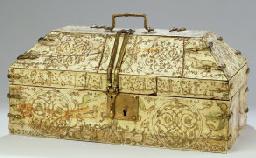
Some books from Amazon.com
